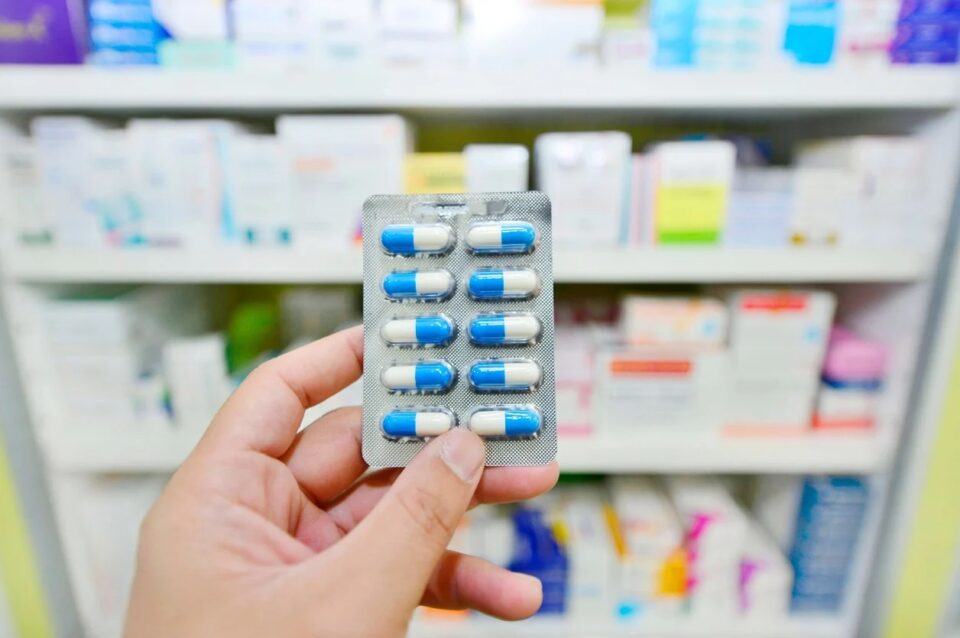Manufacturing over-the-counter (OTC) products requires a thorough understanding of the regulations and requirements that must be met to ensure the safety, quality, and efficacy of the products. The U.S. Food and Drug Administration (FDA) is responsible for developing and enforcing regulations that govern OTC drugs and medical devices. These regulations are designed to ensure that OTC products are produced and distributed safely.
In this article, we will discuss the various regulations and requirements that need to be met when manufacturing OTC products and provide a comprehensive guide on best practices for staying compliant with regulatory standards. We will also discuss tips for reducing costs associated with OTC product manufacturing and creating effective distribution strategies.
The FDA Regulations for OTC Products
The FDA requires that the manufacturing of OTC products follows Good Manufacturing Practices (GMPs). These GMPs are designed to ensure that all procedures and processes are followed correctly during production. This includes everything from collecting raw materials, testing for product quality, packaging, labeling, and distributing the final product. The FDA also has other guidelines and regulations that must be met for an OTC product to be approved and legally sold in the U.S., including requirements regarding packaging design, labeling, product claims, advertising, efficacy studies, clinical trials, and safety testing.
In addition to these FDA regulations, other regulations must be met depending on the type of OTC product being manufactured. For example, cosmetics manufacturers must comply with the Cosmetic Act and Drug Labeling Regulations while medical device manufacturers must adhere to the Medical Device Directive.
The Role of Quality Assurance in Manufacturing OTC Products
Quality assurance must be an integral part of the OTC product manufacturing process. Quality assurance ensures that all processes are properly followed and that all regulatory requirements are met. Quality assurance also helps to identify potential issues with a product before it reaches the market, which can help reduce costs associated with recalls or other legal actions.
Complying with Labeling Requirements for OTCs
Labeling is another important aspect of OTC product manufacturing. Every product must have a label that clearly states all ingredients, directions for use, warnings, and other important information. The FDA requires that the labeling be legible and accurate to prevent user confusion or misuse of the product.
Additionally, manufacturers must comply with the Fair Packaging and Labeling Act (FPLA). The FPLA requires that labeling be done in a way that allows consumers to easily compare products, identify ingredients, and understand the product’s usage instructions.
Reducing Costs Associated with OTC Product Manufacturing
Manufacturing OTC products can be expensive and there are several ways to reduce costs associated with production. One way to reduce costs is by hiring a qualified and experienced OTC co-packer. A co-packer is an outside firm that specializes in packaging and labeling products for companies. Hiring a co-packer can save time and money on production costs since they can optimize the process and streamline operations.
Creating Effective Distribution Strategies
Once an OTC product has been manufactured, it needs to be distributed for it to reach its target market. The distribution strategy will depend on the type of product, the target market, and the desired outcome. A good distribution strategy should include an effective marketing plan, a sales team, and a logistics strategy for getting products to where they need to go.
Conclusion
Manufacturing OTC products is a complex process that requires a thorough understanding of the regulations and requirements that need to be met. The FDA and other regulatory bodies have specific guidelines that must be followed to ensure product safety, quality, and efficacy. Quality assurance, labeling, and distribution strategies are all important aspects of OTC manufacturing that need to be taken into account. By following best practices for staying compliant with regulations as well as tips for reducing costs associated with OTC product manufacturing, companies can successfully launch and maintain their OTC product lines.

